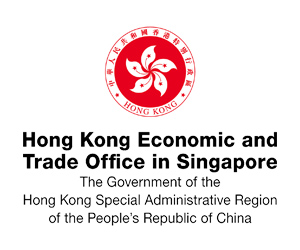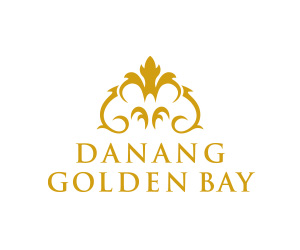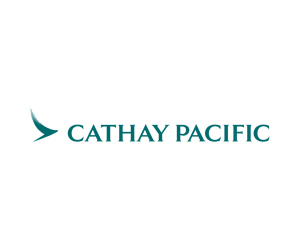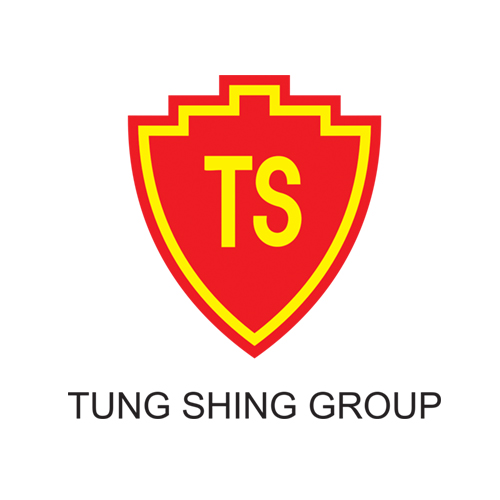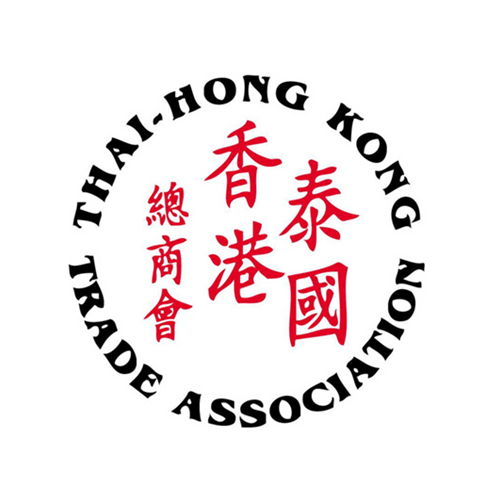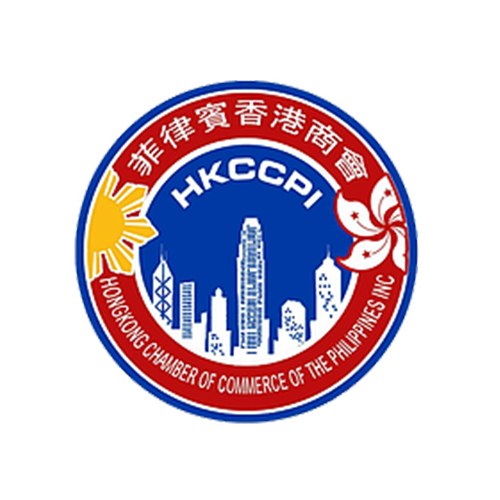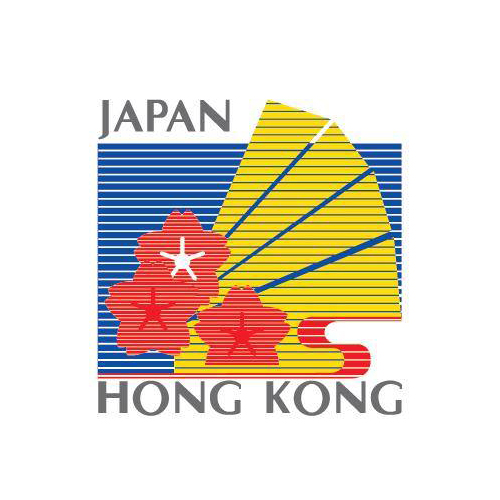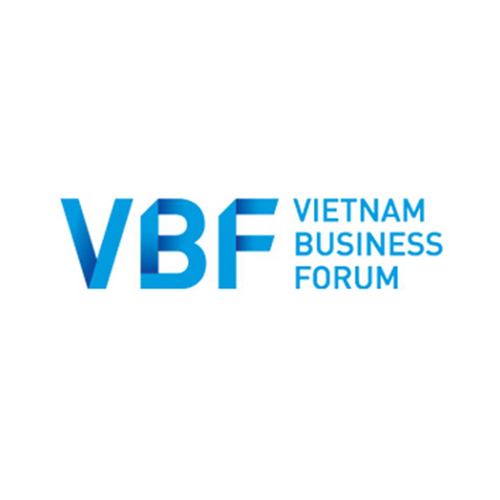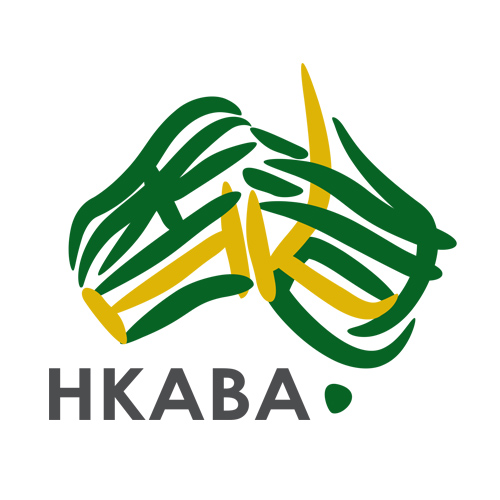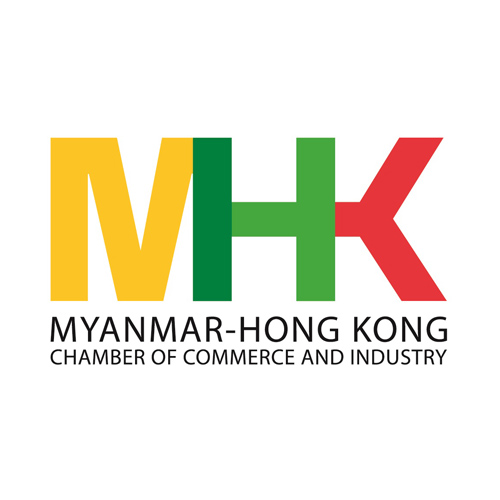Want to be in the loop?
subscribe to
our notification
Business News
LENDING RATE LAG STILL CAUSING BANK UNEASE
Banks remain in a phase of inventory, facing challenges in the active monetisation of funds and resulting in an accumulation of excess liquidity.
There has been a decline in savings interest rates in recent weeks. From August 23, Agribank continued to reduce deposit interest rates from 0.5 to 0.3 per cent to support individuals and businesses. Since the beginning of the year, Agribank’s deposit interest rate has decreased up to 4.5 per cent.
On the same day, BIDV reduced the deposit interest rate at the counter for 1-month and 3-month terms by 0.3 per cent per year. Interest rates for a 6-month term decreased from 5 per cent to 4.7 per cent per year. Interest rates for a term of 12 months or more were strongly adjusted from 6.3 per cent to 5.8 per cent.
VietinBank’s adjustment level is similar to that of BIDV and the highest deposit interest rate is only 5.8 per cent per year, applied for a term of 12 months or more.
Overall, Agribank, BIDV, VietinBank, and Vietcombank all lowered interest rates for terms of less than 12 months by 0.3 percentage points, while terms over 12 months decreased by 0.5 percentage points.
As for joint-stock commercial banks, ACB’s interest rate dropped sharply by 0.4 percentage points for terms from 6-12 months. Eximbank lowered interest rates five times in August; similarly, VIB reduced deposit interest rates four times in the month, with a reduction of 0.3 percentage points for a 6-11 month term.
Banks that have reduced interest rates three times since the beginning of August include NCB, Techcombank, and BaoViet Bank. Sacombank, BAC A BANK, SaigonBank, GPBank, TPBank, SHB, HDBank, CBBank, and MSB all recorded a downward adjustment of interest rate twice from the beginning of August.
At a seminar held by the State Bank of Vietnam (SBV) on August 22, Standing Deputy Governor Dao Minh Tu admitted that many commercial banks have actively responded to the SBV’s call to lend. However, banks are still encountering difficulties in effectively converting funds into active monetisable assets, leading to the accumulation of surplus liquidity.
Actual developments in the market show that not all banks can boost credit within the rest of 2023, because of their caution when considering lending decisions as well as ensuring credit quality.
Talking to VIR, economist Nguyen Tri Hieu said that cash flow is likely to flow into stocks, gold, and foreign currencies, and may trickle into real estate this year. “From now until the end of the year, there will be many price reductions and price increases. However, medium and long-term gold investments should wait until September after the Fed’s meeting to see if the Fed will raise interest rates. If the Fed raises interest rates, everyone should quickly buy,” he forecasted.
According to Hieu, whether the SBV will decide to continue cutting interest rates in the near future will probably depend on whether the US Fed will continue to raise interest rates or not. US inflation in August increased to 3.25 from 3 per cent in July, raising the possibility that the Fed will continue to raise interest rates or at least maintain the overnight Fed Funds interest rate at 5.25-5.5 per cent.
The current inflation rate is still quite far from the target inflation rate of 2 per cent, and the unemployment rate is improving in the US, increasing the possibility that the Fed will raise interest rates in the upcoming September meeting, he said.
“If the Fed raises interest rates, it will make the SBV hesitant to continue cutting interest rates because its interest rate cuts will increase the exchange rate, causing instability in the foreign exchange market and possibly prompting foreign investors to withdraw money from the Vietnamese stock market,” Hieu said.
Tran Ngoc Bau, CEO of WiGroup, said that the securities industry has overcome the most difficult period of 2022 and is entering the recovery phase in 2023. According to Bau, the signals to predict a prosperous real estate market include the drop in lending interest rates to a lower level as the main driving force for the whole industry to recover.
“Currently, the deposit interest rate has been adjusted since the first quarter of 2023, but there is a lag in the lending rate movement,” said Bau. “Moreover, the legal corridor is being removed to help reopen the real estate supply, and the social housing segment can be a catalyst for the residential real estate industry, as this segment benefits from many supportive government policies,” Bau added.
Source: VIR
Related News
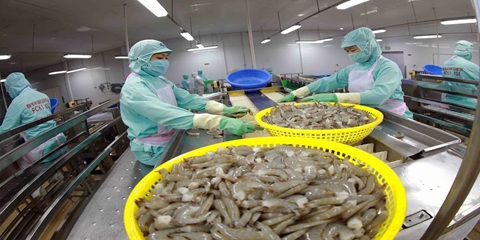
VIETNAM’S SEAFOOD EXPORTS HIT OVER US$10 BILLION IN JAN-NOV
Seafood export revenue in November alone amounted to nearly US$990 million, up 6.6% year-on-year. Key product groups posted solid gains. Shrimp exports rose 11.7% to over US$385 million, supported by strong demand for whiteleg shrimp and lobster. Tra fish shipments increased 9.7% to almost US$197 million, while marine fish, squid, and mollusk exports maintained their recovery.
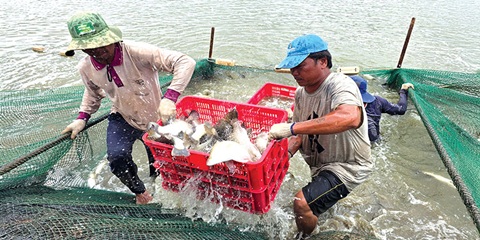
VIETNAM’S AGRO-FORESTRY-FISHERY EXPORTS HIT NEW RECORD IN JAN-NOV
Vietnam’s agro-forestry-fishery export revenue reached an estimated US$64.01 billion in the first 11 months of 2025, up 12.6% year-on-year and surpassing the full-year record of US$62.4 billion set in 2024. Agricultural exports reached US$34.24 billion, up 15% year-on-year, while livestock products brought in US$567.4 million, a 16.8% increase. Seafood exports rose 13.2% to US$10.38 billion, and forestry products earned US$16.61 billion, up 5.9%.

HANOI REPORTS RECORD-HIGH BUDGET REVENUE IN 2025
Hanoi’s budget revenue is estimated to reach VND641.7 trillion in 2025, the highest level ever recorded and nearly 25% above the revised target, according to a report by the municipal government. Data from the city’s socioeconomic performance review shows that total state budget collections in 2025 are projected to reach 124.9% of the adjusted plan and rise 24.9% from 2024, the Vietnam News Agency reported.
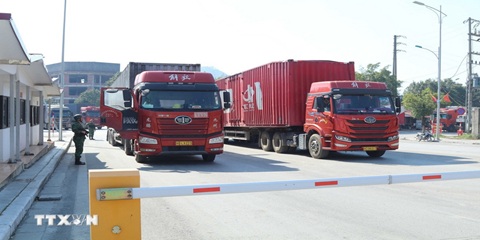
VIETNAM, CHINA TO PILOT TWO-WAY CARGO TRANSPORT AT LANG SON BORDER
Vietnam and China will launch a one-year pilot program on December 10 to allow two-way cargo transport through the Huu Nghi–Youyi Guan international border gates in Lang Son Province, reported the Vietnam News Agency. The Dong Dang-Lang Son Economic Zone Management Board said the trial aims to reduce transport costs and improve customs clearance capacity.
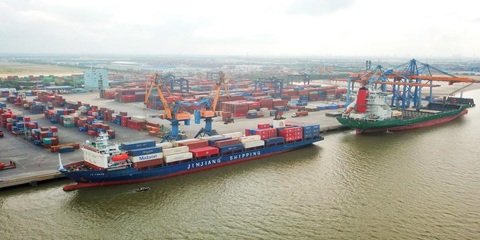
VIETNAM’S IMPORT-EXPORT VALUE NEARS US$840 BILLION IN JAN-NOV
The total value of Vietnam’s imports and exports was nearly US$840 billion between January and November this year, the highest level ever recorded, according to the National Statistics Office. In its latest report on the country’s socio-economic performance, the National Statistics Office highlighted a series of positive economic indicators, with trade emerging as one of the strongest drivers of growth.

OVER 19 MILLION INTERNATIONAL VISITORS COME TO VIETNAM IN JAN-NOV
Vietnam received more than 19.1 million international visitors in the first 11 months of 2025, a 20.9% increase year-on-year and the highest level ever recorded, according to the National Statistics Office. The figure surpasses the full-year record of 18 million arrivals set in 2019, before the Covid-19 pandemic. Nearly two million foreign visitors arrived in November alone, up 14.2% from October and 15.6% from the same period last year.
